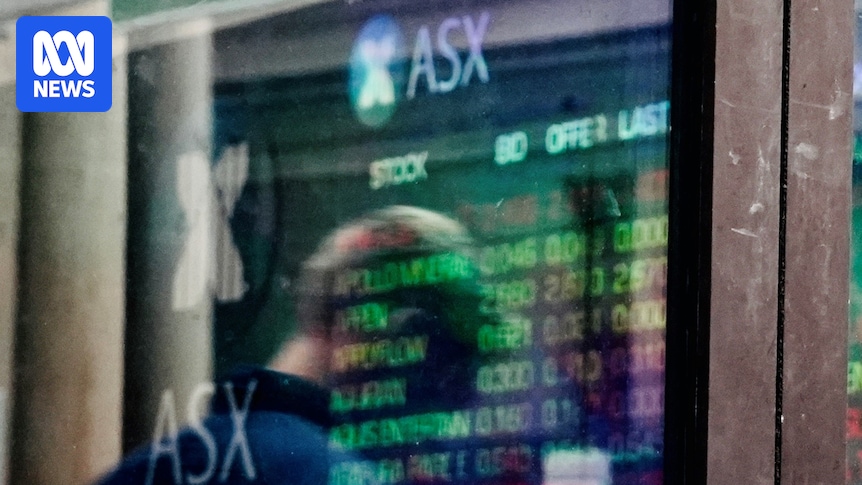
Nvidia has announced a substantial investment of up to $US100 billion ($152 billion) in OpenAI, a strategic move that underscores the growing convergence of tech giants in the artificial intelligence arena. This announcement was made on Monday, marking a significant partnership between two of the most prominent players in the global AI race.
The collaboration highlights the overlapping interests of leading technology companies in developing advanced AI systems. For Nvidia, this deal provides a financial stake in OpenAI, already a key customer, while OpenAI gains the necessary resources to maintain its competitive edge by acquiring advanced chips.
The deal involves two interconnected transactions, as reported by a source close to OpenAI. Initially, Nvidia will acquire non-voting shares in OpenAI, allowing OpenAI to use the capital to purchase Nvidia’s chips.
“Everything starts with compute,” OpenAI CEO Sam Altman stated. “Compute infrastructure will be the basis for the economy of the future, and we will utilize what we’re building with Nvidia to both create new AI breakthroughs and empower people and businesses with them at scale.”
Nvidia and OpenAI: A Strategic Partnership
The two companies have signed a letter of intent to deploy at least 10 gigawatts of Nvidia systems for OpenAI, with plans to finalize partnership details in the coming weeks. The power required for these chips is equivalent to the needs of more than 8 million US households.
Under the new agreement, once finalized, Nvidia will make an initial investment of $US10 billion. OpenAI, which was recently valued at $US500 billion, will receive hardware deliveries from Nvidia starting as early as late 2026, with the first gigawatt of computing power set to be deployed on Nvidia’s upcoming platform, Vera Rubin, in the second half of that year.
Wall Street’s Record Highs and Market Reactions
Meanwhile, Wall Street’s major indexes reached record closing highs for the third consecutive session on Monday. Nvidia’s announcement of its investment in OpenAI contributed to the rise in its shares, further boosting the indexes. Additionally, Apple’s shares climbed after Wedbush raised its stock’s target price, citing strong demand for the iPhone 17.
In the backdrop of these developments, remarks from some Federal Reserve officials have cast doubt on the necessity for further rate cuts. Last week, the US central bank reduced rates by 25 basis points, with indications of more cuts in upcoming meetings. St. Louis Fed President Alberto Musalem and Atlanta Fed President Raphael Bostic suggested that managing unemployment risks was appropriate, but emphasized that controlling inflation remains a priority.
Conversely, Fed Governor Stephen Miran, who dissented during last week’s rate cut, argued that monetary policy is already restrictive.
“There needs to be a catalyst for stocks to move materially higher, and markets appear to be kind of ignoring potential headwinds,” said Oliver Pursche, senior vice president and advisor for Wealthspire Advisors in Westport, Connecticut.
Global Market Implications and Australian Market Outlook
In addition to the US market dynamics, US President Donald Trump’s new visa fees for foreign workers have sparked widespread criticism, particularly from technology executives. This policy change adds another layer of complexity to the global tech landscape.
On the Australian front, the positive momentum from Wall Street is setting a favorable tone for local market action. The Dow Jones index increased by 0.2%, the S&P 500 by 0.4%, and the Nasdaq Composite by 0.7%. ASX futures have risen by 16 points or 0.2% to 8,867 as of 7:00 am AEST.
However, the Australian dollar has experienced a slight decline of 0.1% to 65.94 US cents. Meanwhile, Brent crude oil is trading down by 0.1% at $US66.59 a barrel, while spot gold has gained 1.7% to $US3,745. Iron ore prices have also seen a minor increase of 0.1% to $US106.60 per tonne.
As the global economic landscape continues to evolve, the implications of Nvidia’s investment in OpenAI, coupled with Wall Street’s performance and Federal Reserve policies, will be closely monitored by investors and analysts alike. The developments in the AI sector and their impact on the broader market will likely shape financial strategies and economic forecasts in the coming months.






